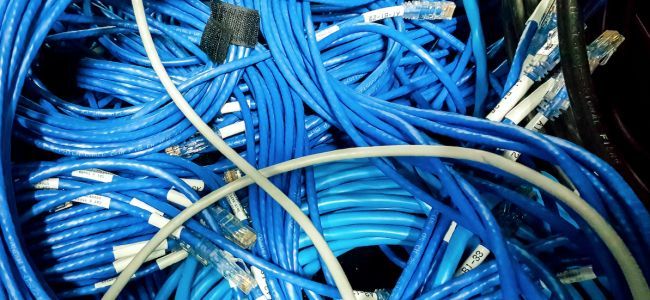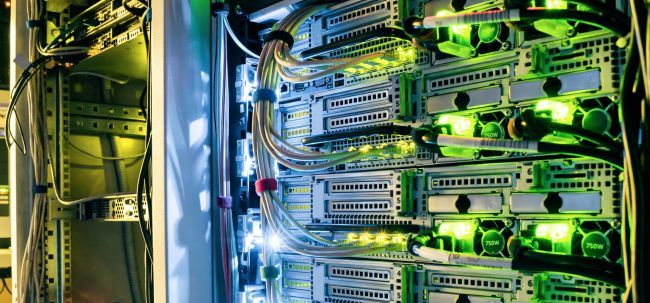A WAN, or "Wide Area Network," is a computer network designed to connect multiple smaller Local Area Networks (LANs). Your home network is your LAN, and it is connected to your neighbors over a WAN, often managed by your Internet Service Provider. You could think of the internet itself as one gigantic WAN.
While the Internet itself is a WAN, it's possible for a smaller WAN to exist that runs over the internet, like a business that wants to connect multiple offices. It would be too expensive to run the cables themselves, so they use the Internet, but we can still consider it a separate WAN. The US government uses a WAN to secure communications between different branches located across the country; In fact, the internet started as a government WAN called the ARPANET.
The Differences Between WANs and LANs
WANs and LANs are built on many of the same technologies and would seem only to be separated by scale, but in practice, they run on vastly different hardware.
Speed
While WANs certainly aren't slow, they often don't reach the same level of speed as your local network can. They're built to carry as much bandwidth as possible, with speed being secondary to their operation.
On a LAN, since the connection distance is much smaller, you could equip all the computers with 10 Gbps network cards and transfer files and data between them at breathtaking speeds, even reaching up to 100 Gbps on special network hardware like Infiniband.
Compare that to WANs, which even when connected to fiber cables usually don't reach more than 1 Gbps (orders of magnitude slower than LAN speeds) because WANs need to be connected across hundreds of miles. However, unless you're doing a lot of in-house networking, you'll mostly be using your LAN to access the internet, and gigabit internet is still very fast. The average internet speed for the US is a measly 18 Mbps (55 times slower than gigabit).
Cables and Connections
You're probably familiar with Ethernet---the cable standard used to connect wired computers to your router. While Ethernet is very fast, handling gigabit or even 10 gigabits of throughput, it can't carry data very far, topping off at around 100 meters (about the length of a football field). These cables are called patch cables and are used to hook up connections over short distances, such as inside a data center or your home.
This is an obvious problem for WANs that need to be connected over hundreds of miles; the signal wouldn't get there over Ethernet. The internet used to run over copper phone lines until it was switched to run on fiber optic cables primarily. Fiber optic cables use light to transmit data and are extremely fast compared to dial-up. They're typically bundled together to increase bandwidth, forming a fiber optic "trunk" cable. These are the main cables that form the backbone of the internet.
Switching Hardware
Running the internet on fiber optic does come at a cost, however, and that cost comes up at your end the end of the line---the actual hardware that has to handle the routing of millions of different signals many times per second. Your home router is fairly simple: it handles one data line coming in, and routes it to a handful of devices in your house. Now imagine taking thousands of those, shoving them into one big system the size of a warehouse, and connecting them to every house in the city. It easily increases the complexity of the operation.
These facilities are called "Internet Exchange Points," or IXPs. To power the internet, thousands of these switching and routing stations are connected across the globe, usually by fiber optic trunk cable. When they get to the IXP though, they'll often switch over to traditional copper cable (and sometimes bundled with your TV signal). When someone says, they have "fiber internet," what they mean is that the final cable from the IXP to their house is fiber, which gives them direct access to the speeds of the connections between IXPs. Your internet is only as fast as the weakest link in the chain, so while everyone uses fiber cables at some point in the process, not everyone gets the full speed.
Image Credits: Ekaphon maneechot/Shutterstock, jeerachon/Shutterstock, Maximumm/Shutterstock




